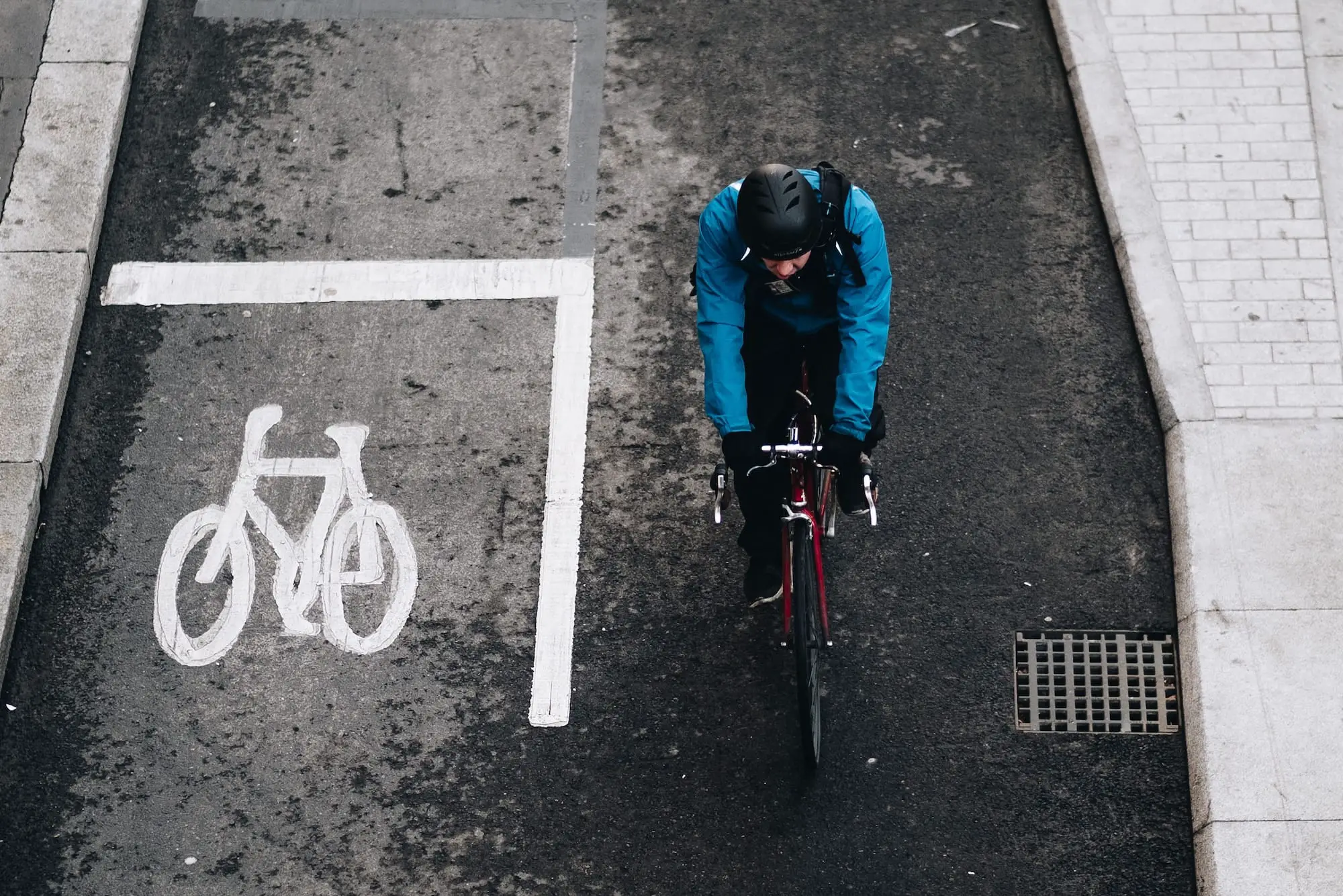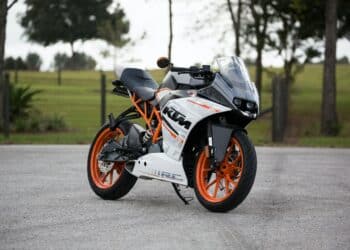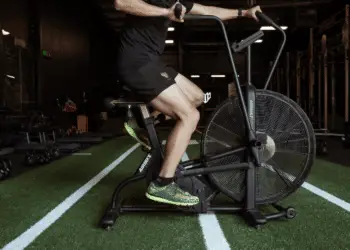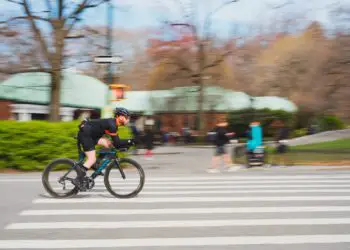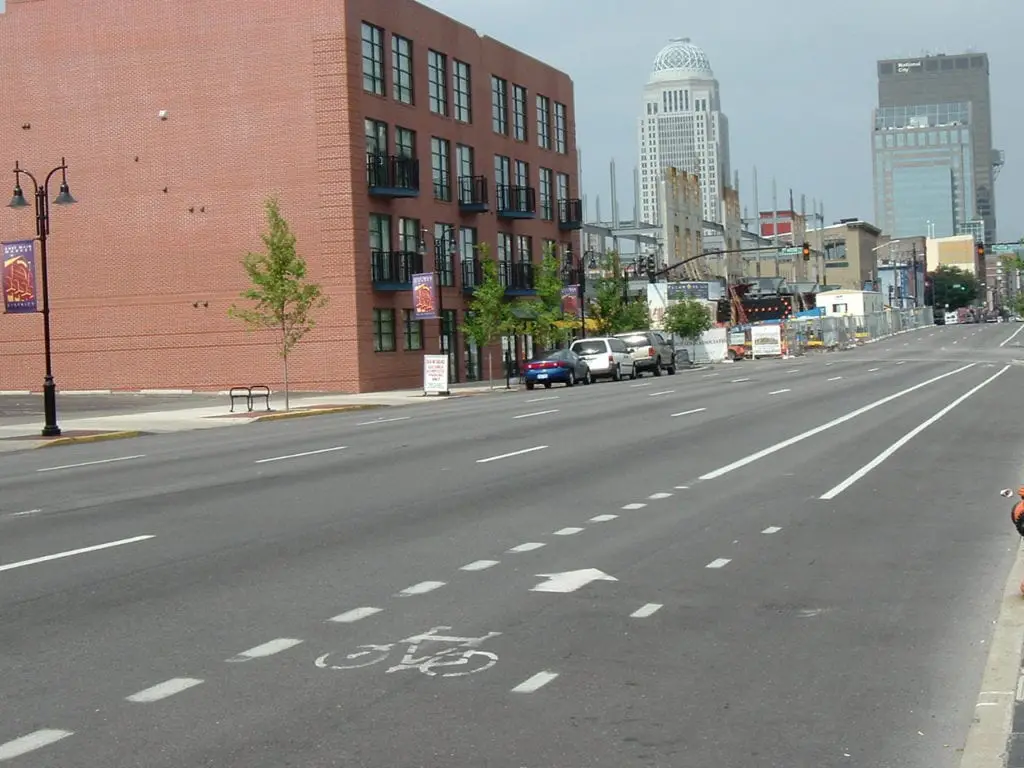
Protected bike lanes increase the chance of having people on bikes, as a majority of people are attracted to biking but is concerned about safety. People who often bike to work are from low-income areas which mean they cross major highways and roads to reach the city with limited to no space bike lanes.
Politicians and motorists protest that bike lanes congest highways and major roads. But unlike what they are opposing, the National Association of City Transportation’s (NACTO) research concludes that protected bike infrastructures not only increase the number of cyclists. They also reduce bike-related injuries and accidents. Based on the study:
“Cycling is a fact of life in many low-income communities. Analysis of national Census data by the Kinder Institute for Urban Research shows that 49% of the people who bike to work earn less than $25,000 per year.
In 2014, PeopleForBikes reported that the lowest-income household — Americans making less than $20,000 per year — are twice as likely as the rest of the population to rely on bikes for basic transportation needs like getting to work.”
Such major problems reflect the necessity of having safe bike lanes, and these are the reasons why it will be beneficial to everyone.
-
Knowing your place on the road
Philadelphia now has a bike lane network but prior to this, conflicts among road groups were more extreme. Motorists would tell cyclists to move on sidewalks and pedestrians would say cyclists block them. If we have functional bike lanes, these arguments will lessen as everyone knows their place.
-
People on bikes can reduce road congestions
Imagine most people will now ride bikes instead of cars — I bet you can picture it and yes, you are right. Traffic will be so much better! We can not only save on gas, we can also maximize and free up road lanes as bikes eat up smaller space compared to cars. Pretty ideal and convenient, right?
-
Bike lanes slow down speedy motorists
When we try to haste things up, it often results in something worst. Records show that speeding motorists are the leading cause of road deaths and serious injuries. One viable solution is to reconstruct city roads by adding bikeways as drivers tend to slow down on humps and narrow streets with some obstacles [such as bike lanes]. Addition of bike lane networks will definitely help control the risks of vehicular accidents.
-
Pedestrians will also benefit from bike lanes
Pedestrians often resent cyclists as motorists but little did they know that a bike lane tends to reduce the number of speeding cars. Bike lanes act as a buffer between motorists and pedestrians. Bike lanes encourage bikers to stay off the sidewalk while at the same time discourage motorists from over-speeding.
-
Bike lanes are beneficial for everyone
Instead of having parking lots beside road clearances, why not have bike lanes? The reason is simple: residents can use it alternatively to drop off packages or pick up passengers. As such activities don’t require long hours of stay, it will help delivery trucks, messengers, or people getting off or on cars. If parked cars beside road clearance will turn into bike lanes, it won’t even get clogged as cyclists keep on moving.
Now that we know how useful bike lanes are for everyone and how it can resolve social issues, let us talk about how you, as a biker, can stay safe on bike lanes. It is definitely ideal to have precautionary measures on the road as one cannot always be sure that everyone will follow traffic rules.
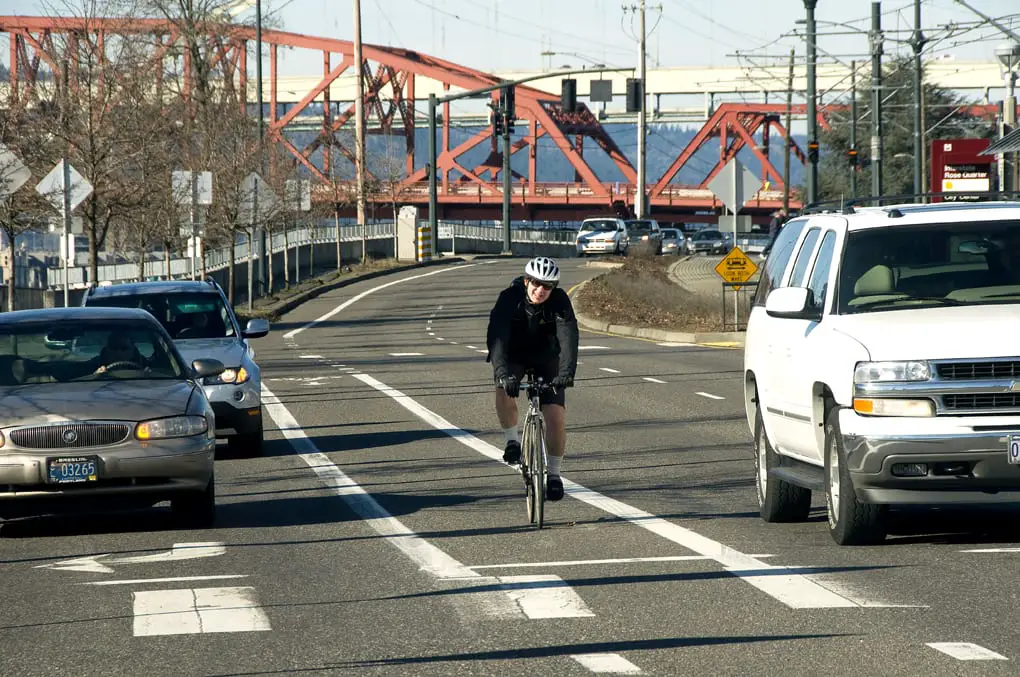
4 Tips On How To Stay Safe on Bike Lanes
Know which side you ride
Remember parked cars? It may cause trouble if they are on your right side. Once they swing their doors open, you might get caught and boom! You just bumped on a car door! So, stay on the left side as possible as you can. It will decrease the probability of you getting hit or distracted by swinging doors. Car doors are expensive for repairs but your body is priceless so it’s better to be safe than sorry!
Use a headlight and reflective clothing
When night falls, headlights will make you visible on the road and if you can combine this with protective and reflective clothing, shoes or gears, do so. These will help drivers see you riding in the bike lane, allowing them to take precautions — keeping both of you safe.
Be mindful of red lights and the car in front of you
STOP: says the traffic light, and a car is in front of you. What to do? Try to be visible to the driver you are in line with. Instead of stopping right behind, stop next to the passenger-side window or far enough behind where the driver can see you on side mirrors. If you find yourself in the car’s blind spot try to signal the driver using your bell [ring it at least 5-straight times] or wave to let him know you are riding the lane next door.
Never ride against traffic
As we have a scarcity of bike lanes, there will be times you have to move with the traffic. Again, the keyword is DO NOT MOVE AGAINST traffic as you are more likely to get into a head-on collision even if motorists see you coming their way. Don’t take risks by counter-flowing as this may cause you your life. Moving with traffic is crucial to your safety — keep this in mind!
For some, bike lanes might appear cumbersome. But reality proves that they are not useful to cyclists alone, they can also be instrumental in fixing some social and road issues. Having them will not only decrease pollution and traffic jams by encouraging more people to bike, they can also help improve our economy. Millions of dollars are lost to traffic every year.
So the next time you see a bike lane, be grateful. It might prove useful to you one day.


